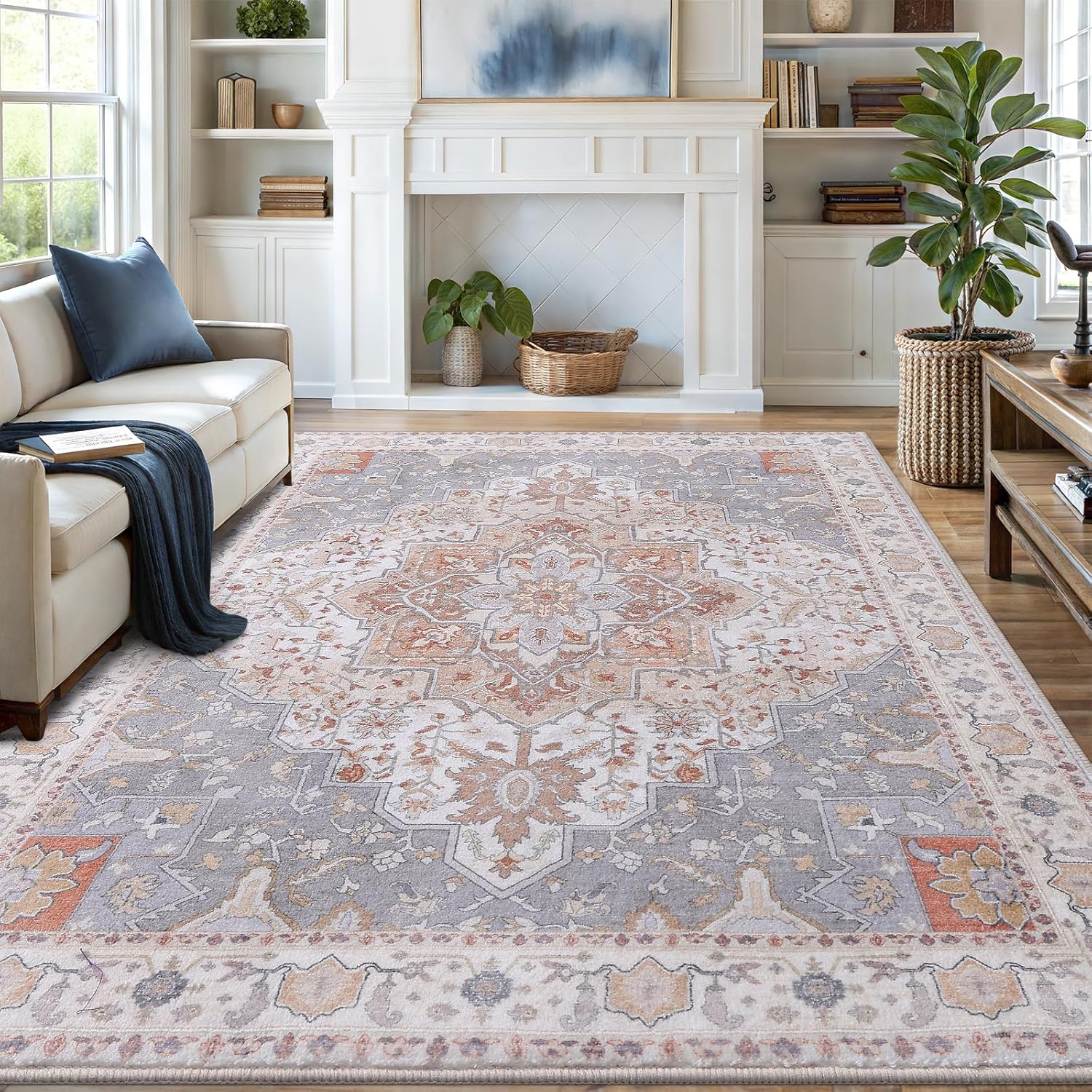Mopping wood floors can be bad if done excessively or with too much water; use a damp mop and appropriate cleaner to maintain their finish and integrity.
Wood floors add warmth and elegance to any home, but improper cleaning can damage them. Many homeowners wonder if mopping is safe for hardwood. The answer isn’t simple – it depends on your technique and products.

Can You Mop Wood Floors Safely?
Mopping wood floors isn’t inherently bad if done correctly. The real danger comes from excessive water and harsh chemicals. Wood naturally absorbs moisture, which can cause swelling, warping, and permanent damage.
Proper Mopping Technique for Wood Floors
- Use a microfiber mop instead of traditional string mops
- Wring out thoroughly – the mop should be damp, not wet
- Work in small sections and dry immediately with a clean towel
- Move with the grain of the wood to prevent streaking
For deep cleaning needs, consider our guide on best practices for cleaning engineered wood floors which shares similar care requirements.

Common Wood Floor Cleaning Mistakes
Using Too Much Water
Excess water is wood’s worst enemy. It seeps between planks, causing swelling and permanent damage. According to the National Wood Flooring Association, you should never leave standing water on wood floors.
Steam Cleaning Dangers
While steam mops work well on tile, they’re terrible for wood. The combination of heat and moisture can:
- Warp floorboards
- Damage the protective finish
- Cause discoloration
- Void manufacturer warranties
Using Harsh Chemicals
Bleach, ammonia, and vinegar can strip finishes and damage wood. Even some “wood-safe” cleaners leave residue that dulls floors over time. The Wood Flooring Association recommends pH-neutral cleaners specifically formulated for wood.
The Right Way to Clean Wood Floors
Daily Maintenance
Prevent dirt buildup with these simple steps:
- Sweep with a soft-bristle broom daily
- Use a dry microfiber mop for dust
- Place mats at entryways to trap dirt
Weekly Cleaning
For deeper cleaning:
- Vacuum with a soft brush attachment (beater bar off)
- Use a damp (not wet) microfiber mop
- Apply cleaner sparingly – a light mist is enough
- Dry immediately with a clean towel
For homes with pets, our article on maintaining floors in rental properties offers helpful tips that apply to any home.
Choosing the Right Cleaning Products
| Product Type | Safe for Wood? | Notes |
|---|---|---|
| pH-neutral wood cleaners | Yes | Best option for regular cleaning |
| Vinegar solutions | No | Acidic – can damage finish over time |
| Steam mops | No | Moisture and heat cause damage |
| Oil soaps | Sometimes | Can leave residue that attracts dirt |
Protecting Your Wood Floors
Prevention is key to maintaining beautiful wood floors:
- Use felt pads under furniture legs
- Trim pet nails regularly
- Remove shoes at the door
- Address spills immediately
- Maintain proper humidity levels (30-50%)
For homes with children or pets, the EPA recommends using safer cleaning products to protect both your floors and family health.
When to Call Professionals
Some situations require expert care:
- Water damage or warping
- Deep scratches or gouges
- Finish wearing off in high-traffic areas
- Discoloration that won’t clean
Professional refinishing can restore damaged floors, but prevention through proper cleaning is always better.

